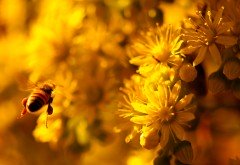
Macro photography is filled with unique and unusual surprises. Whatever the subject be, the art of photographing macros unveils the fine details, instinctive textures, rhythmic patterns and the unknown secrets of nature. The unusuality and uniqueness of the macro photography raptures, spell bounds and draw the viewers attention into the world of secretive beauty. As a beginner, taking the close up shots, filling the frame with minute details and exaggerating the elegance by practicing shallow depth of field is what macro photography conveys. But as you advance in the art form, trying out new and creative techniques gives you an edge over the conventional photographers and thus make you truly artistic. While macro photography inherently signifies getting closer to the subject, here are 5 techniques to help you explore the elegance of macro world creatively.
-
Photograph The Artifacts
The art of photographing the macros stretches far beyond exploring the beauty of nature. While getting closer and photographing the flowers, insects, butterflies or underwater life is sure to always deliver appeasing results, taking up to photograph the minor details of the objects in your small home studio is good to give your creativity a boost. When you are at it, i.e photographing the toys, ribbons, table top pieces, buttons, beads and other inanimate objects, follow the technique of photographing the artifacts. Artifacts? What does an artifact mean — certain distortions or a building block. Well, nothing of that sort. Photographing the artifacts refer to the technique of photographing the details in isolation to the entire object. This is to say that instead of capturing the essence of the object as a whole, pick some specific portion / part of the object and present it exquisitely. This gives you an opportunity to engage the visitors in the mysterious revelations.
-
Frame Compelling Abstractions
Get up close and personal with the subject not only through your camera’s eye (zooming in the subject with your macro lens) but also with the photographer’s eye, gives you an opportunity to compose the colorful patterns and textures. The colorful patterns, fine details and textures when covered in its entirety result in exciting abstractions. Leaving behind the shape and form of the subject and focusing on the integrity of the details of the subject matter delivers fascinating results. You can try this out in Photoshop as well — pick a macro photograph and and crop the image to frame only the minute details. Listen to what your admirers and critiques have to say on that.
-
Implement Impressionism
Barring the age old principles of creating sharp and realistic images, inspired by the impressionist painters, impressionism opens up a whole lot of creative possibilities for photographers. The technique especially works well for creatively photographing flowers; by emphasizing light, color and motion. Instead of striving for clarity, going on for hazy and dreamy look by implementing ghost effect, multiple exposure, selective focus, long exposures and interplay of light and colors help you in achieving creative captures (as portrayed in the following image).
-
Aim For Transparency
Interplay of light not only helps you in achieving the so-called impressionism, but also comes in handy for creating silhouettes and back-light effects. One interesting thing about backlighting with flowers is that it makes room for transparency. Depending on the direction of light, intensity of light and the opacity of the petals back-light fills the frame with the unusual shine and glow. The morning dew, rain water and shadow of pollen grains or overlapping petals add to the mesmerizing transparency effect.
-
Capture The Beauty Of Water Drops
Last but not the least, the discussion about the creative close-up techniques is incomplete without this one — wonderfully captured water drops (on the surface or dropping off). Capturing them either as the ornaments to the flowers or as a solo drop of water with reflections of surroundings (and not to forget the refractions) make up for unique, unusual and interesting shots. Check out for yourself.
Which techniques do you apply to make your macro shots creative?

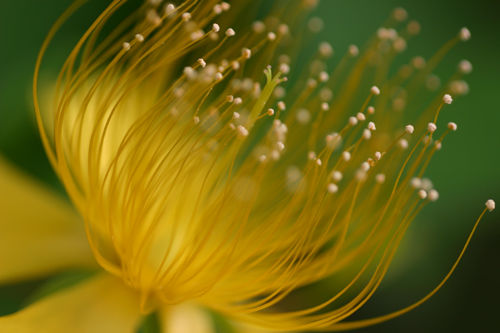
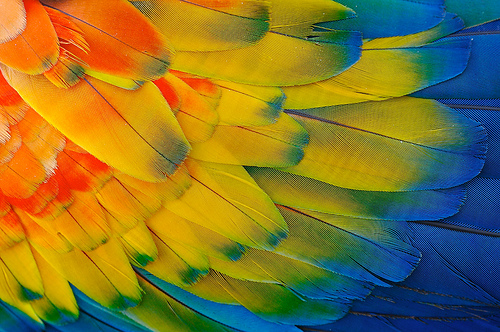
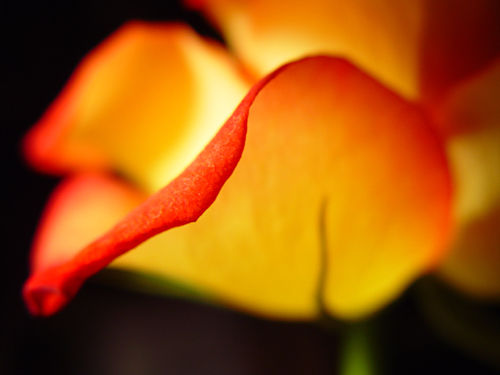
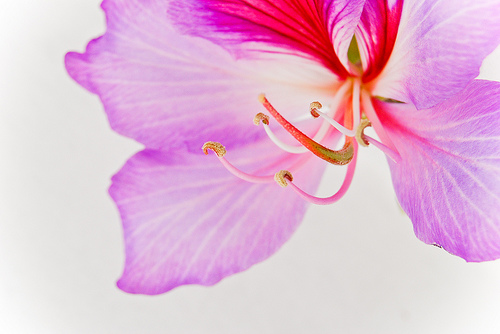
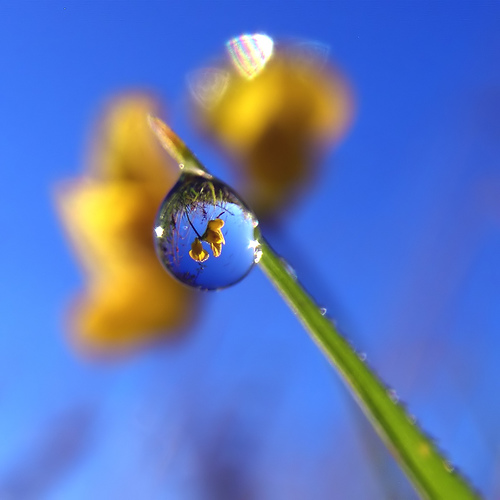

There’s nothing more universal than food and being able to photograph it in a creative way that makes the dish look appetizing isn’t always easy.
It’s a complex interplay between the food itself, lighting, a shallow depth of field and a slightly titled angle of the camera to give it a touch of drama. It’s that creative “off angle” look I like to use when doing macro shots – especially of great food. The subject impacts your eye in a way you don’t normally view it in real life which, to me, always adds a new dimension of visual interest to the shot.